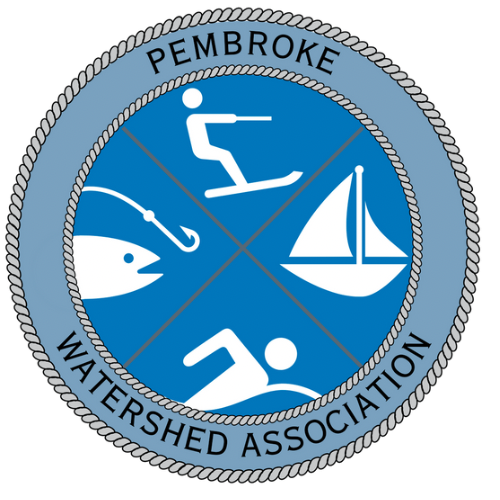
Imagine all of the rain that falls up on those steep mountains in the distance… When water hits a steep surface, there is only one-way for it to go – downhill! Gravity pulls water downhill as fast as it can, taking the easiest path it can find. This water (including melted snow) eventually comes together (runoff) to form small streams which meet other streams further down and so forth until a river/pond is formed. Where is it going you may ask? Well some of it seeps into the ground to form groundwater, some of it is used by people and animals and then recycled, but most of it flows until it reaches sea level (which is usually the ocean) but also may be a large lake or pond.
The Health of a River/Pond
Throughout its journey, water flows through a landscape that is rich in diverse land uses, from lush forests and deserts to farmland, cities and manufacturing plants. Each of these environments has an impact on the health of the water.
Positive influences come from our natural environment, like forests, wetlands, fields and meadows, where trees and other plants build up on the riverbanks, dropping leaves, logs and other organic debris into the water. This provides nutrients to feed other organisms as well as creating natural hiding places for creatures to live in.
Human developed environments, on the other hand, often negatively affect the cleanliness and health of a river/pond. Farmlands, for instance, create an unnatural feeding ground where animals such as cows graze on the plant life that keeps the riverbank stable and healthy, while also overloading it with animal waste.
Paved surfaces, like streets, parking lots and driveways create a surface for water to run off too quickly, increasing flood risks and also washing down harmful chemicals and other human waste. There are many other human alterations to the environment that can severely damage our river/pond ecosystems. Land protection is therefore important in protecting water quality.
The Pembroke Watershed

How can you help?
- Grow a buffer zone next to the water through a no mow zone or growing plants and trees at water’s edge. This slows runoff into the pond.
- Stop runoff from down-spouts and house drains by installing rain gardens or use water barrels- this water can be used for your garden.
- When installing walkways or plantings, consider placement horizontally or curved in relation to the water, not vertically, to stop run-off.
- Wash your car well up on the grass or in an area that won’t allow soap runoff
- Don’t dump leaves or grass clippings in the pond or in storm drains- this quickly accelerates the development of muck and thus algal blooms.
- Clean up after your pets, don’t allow their waste to run into the pond.
- Don’t feed the geese or other birds, as this encourages breeding, and all that bird poop will settle in the pond!
- Don’t dump trash in the pond. We have an annual pond clean up day in the late spring- by being stewards of your own yard and water front, you help the health of the entire pond.

